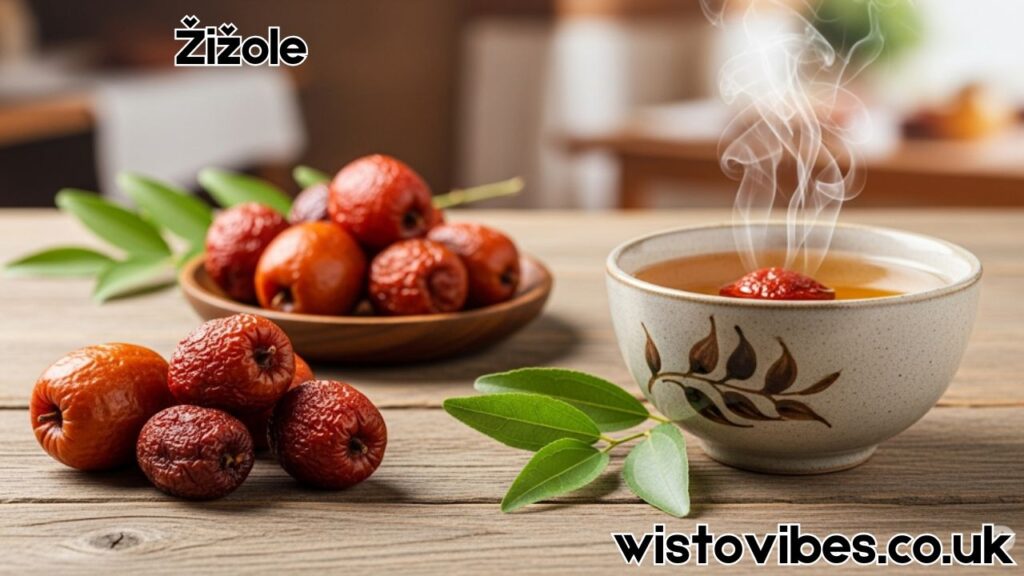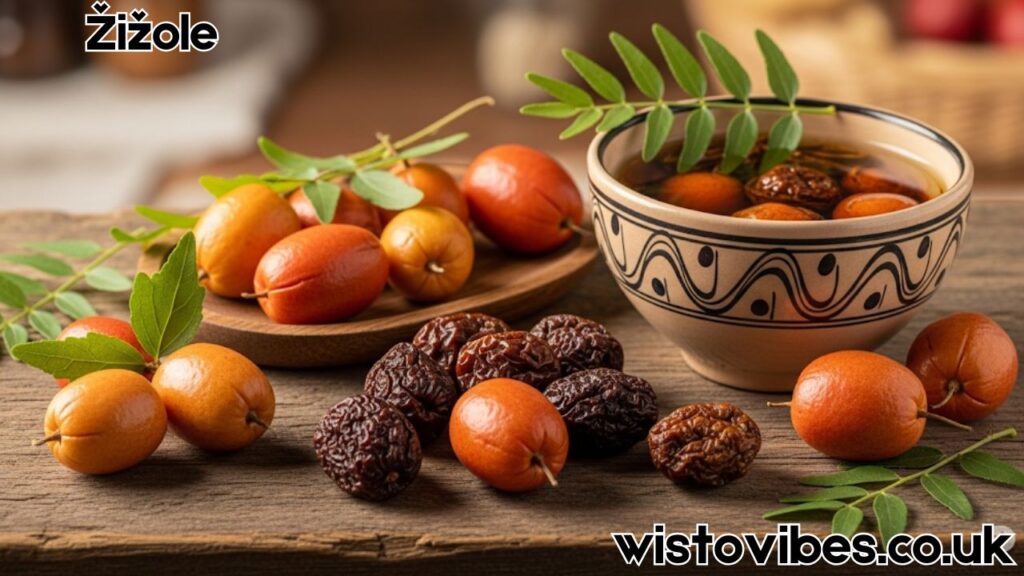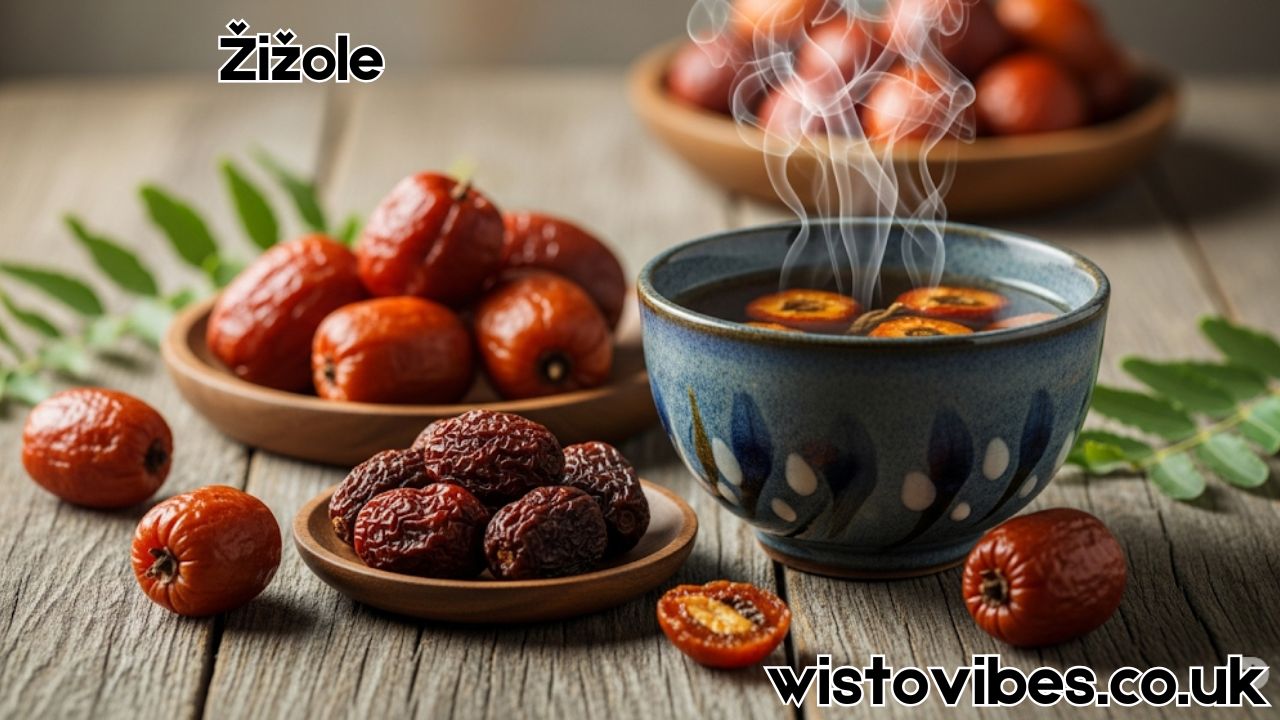Introduction to Žižole
Žižole, a lesser-known but increasingly appreciated fruit, carries with it centuries of tradition and a wide range of nutritional benefits. Often found in warmer Mediterranean and Asian climates, žižole is sometimes referred to by its other names, such as jujube or Chinese date. However, in regions where Slavic languages are spoken, the term žižole captures the unique cultural and botanical relevance of the fruit. As interest in traditional health remedies and natural ingredients rises, žižole is emerging as both a flavorful delicacy and a source of wellness.
The Origins and Botanical Nature of Žižole

The fruit known as žižole grows on small, hardy trees that thrive in dry, sunny environments. Its scientific name is Ziziphus jujuba, and it has been cultivated for thousands of years. In its fresh form, žižole resembles a small apple with crisp flesh and a sweet, tart flavor. When dried, it becomes chewy and date-like, which has earned it the nickname “red date.” What distinguishes žižole in the modern context is not just its taste, but the fact that its cultivation is often closely tied to local traditions and sustainable agricultural methods.
Cultural Importance of Žižole
Across regions in Eastern Europe and the Mediterranean, žižole has held cultural significance for generations. In many areas, it is consumed during festivals, included in herbal infusions, or offered as a seasonal snack. The word žižole evokes more than just a type of fruit—it suggests homegrown authenticity, local flavor, and a connection to ancestral customs. In village markets and traditional homes, žižole are often handed down in recipes that blend culinary heritage with medicinal lore.
Nutritional Benefits of Žižole
One of the key reasons for the growing popularity of žižole is its powerful nutritional profile. Packed with vitamin C, fiber, and antioxidants, žižole supports immune health and digestion. The fruit is also a natural source of flavonoids and polysaccharides, both known for their roles in boosting cellular function and combating oxidative stress. People seeking natural ways to enhance energy or manage blood sugar levels are turning to žižole as a snack or supplement with functional value.
Žižole in Traditional Medicine
In various traditional medicine systems, particularly in Chinese herbalism, žižole is considered a valuable tonic. It is believed to nourish the blood, calm the mind, and support liver function. Herbalists often include dried žižole in formulations aimed at reducing anxiety, promoting sleep, or enhancing overall vitality. This natural approach to well-being aligns with the growing global trend of returning to plant-based remedies, where žižole plays a versatile and respected role.
Culinary Uses of Žižole
Žižole isn’t just for health enthusiasts—it’s a treat for food lovers, too. When fresh, it can be eaten raw, added to salads, or stewed into sauces. When dried, žižole is often used in baking, teas, and even meat marinades. Its unique combination of sweet and sour notes makes it suitable for both savory and sweet dishes. Chefs exploring traditional or fusion cuisine are rediscovering žižole as a way to add complexity and heritage to their meals.
Growing and Harvesting Žižole
The process of growing žižole requires patience and the right climate. These trees are drought-resistant and can thrive in marginal soil, making them an excellent option for sustainable farming. They bloom in late spring, and the fruits ripen toward autumn. Harvesting žižole is typically done by hand, with care taken to preserve the fruit’s delicate skin. In many rural communities, the harvesting season is a time of communal work and celebration, further embedding žižole into the cultural rhythm of the year.
Žižole and Modern Wellness Trends
The resurgence of žižole fits neatly into today’s wellness trends, which favor organic, natural, and multifunctional foods. As consumers become more discerning about what they eat, žižole offers a guilt-free option that satisfies taste and health. It’s low in calories, rich in bioactive compounds, and free from synthetic additives. In this way, žižole has transcended its humble, traditional image to become a contemporary superfruit for those seeking balance in body and diet.
Žižole in Sustainable Agriculture

Another reason for the rising profile of žižole is its role in promoting sustainable agriculture. The trees require minimal water, tolerate poor soil conditions, and contribute to soil stabilization. For regions facing climate change and desertification, žižole cultivation provides an eco-friendly agricultural solution. This aspect has caught the attention of environmentalists and agri-entrepreneurs looking to combine profitability with ecological responsibility.
Integrating Žižole into Daily Life
Adding žižole to your routine doesn’t require major changes. You can start by snacking on dried žižole instead of sugary treats or mixing fresh slices into breakfast bowls. It can also be steeped in hot water for a soothing herbal tea. For those with culinary curiosity, incorporating žižole into stews, stuffings, or desserts opens up a world of flavor and heritage. It’s a simple, yet impactful way to reconnect with nature and tradition.
Final Thoughts on Žižole
In the broader context of nutrition and cultural appreciation, žižole stands out as a fruit that is both meaningful and beneficial. The keyword žižole carries with it echoes of the past, scientific promise for the present, and potential for the future. As more people seek authenticity in what they consume—whether for health, flavor, or sustainability—žižole offers a compelling answer. From village tables to urban markets, it continues to nourish both the body and the cultural soul.




